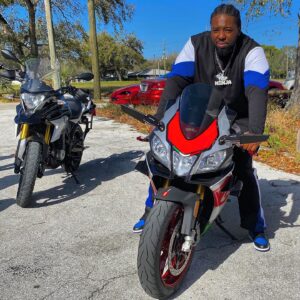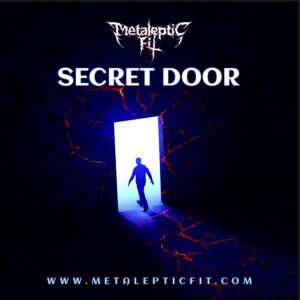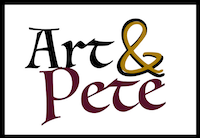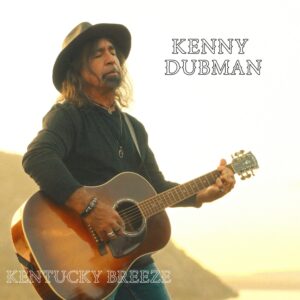
Imagine how many likes this would’ve gotten on Instagram… screengrab from Desolation Center
You could classify director Stuart Swezey‘s Desolation Center documentary as a vanity project, as it focuses on his efforts as an events organizer and includes him on camera talking about the logistics and meaning of throwing off-the-grid concerts in the ’80s. But in this case, the vanity is earned.
From his Southern California home base, Swezey facilitated some of the most extraordinary multimedia extravaganzas of the pre-internet/pre-smart-phone era. The five shows he memorializes in Desolation Center went on to inspire such well-known festivals as Lollapalooza, Coachella, and Burning Man. And he did it with no corporate sponsorships. Swezey and crew were true DIY entrepreneurs, and their risks paid off much more in cultural capital than actual currency. The bands and the sound person may have gotten paid, but the organizers made zilch.
In 1982, Swezey shook off his straight-world job and submerged himself in LA’s punk-rock underworld. He had an epiphany that involved transporting the scene’s experimentation and rebellion first to off-the-radar warehouses and then to the Cali desert. There, musicians and fans could escape the oppressive presence of Daryl Gates’s LAPD, which often clamped down on punk shows and instigated violent conflicts.
Taking some road trips to New Mexico helped Swezey to figure out the logistics of hosting shows in the desert, and after some consultations with Bruce Licher of the great psych-rock group Savage Republic (whose music scores the movie), he organized Mojave Exodus in 1983, with a bill consisting of Minutemen and Savage Republic. Attendees traveled to the desert by school bus. Swezey had to put socks on mics and park buses near the bands to block the wind from marring the sound. The show came off with no violence, and many had their lives changed.
Swezey put on four other such events that brought in Einstürzende Neubauten from Germany, Mark Pauline’s Survival Research Labs, Meat Puppets, Sonic Youth, Swans, Redd Kross, Saccharine Trust, Debt of Nature, Boyd Rice, and Perry Farrell’s pre-Jane’s Addiction group, Psi/Com. Weaving grainy photos and video footage, and interviews with musicians and attendees (many of them important musicians, filmmakers, and artists), the director vividly conveys the sense of danger and excitement inherent in such undertakings. For instance, during the Mojave Auszug show in 1984, Pauline set off an explosion that sent a sheet of steel flying over the crowd 10 feet off the ground at 200 mph, which luckily didn’t kill anyone. “We were gonna stop the show if somebody got cut in half, obviously,” Pauline says.
Desolation Center contains a bonanza of fascinating footage of great bands, most of whose work still sounds vital. And if you’re a fan of Minutemen, the scenes with the late D. Boon will probably make you cry. The phenomenal guitarist/lyricist died in a van accident the day after Swezey’s Solstice Sun Stands Still event in 1985, which gained a degree of legitimacy through a National Endowment for the Arts grant. Sonic Youth guitarist Lee Ranaldo played that show using Boon’s amp. His death marked the end of an era, according to many in the rock underground, and this ended up being Swezey’s final large-scale happening. He went on to co-found the iconoclastic publishing house Amok Books.
In an interview toward film’s end, Joseph Bien-Khan of Vice says, “The magic of Desolation Center shows and heart of their mystique was they faded away before they could sell out.” This film captures DIY music culture in its boldest, most altruistic form.
Desolation Center screens at Northwest Film Forum Friday October 4 and Wednesday October 9-Thursday October 10, 7 pm. The director will attend opening night, and the latter date features a live performance by Seattle rock group Masculinity Crisis.






